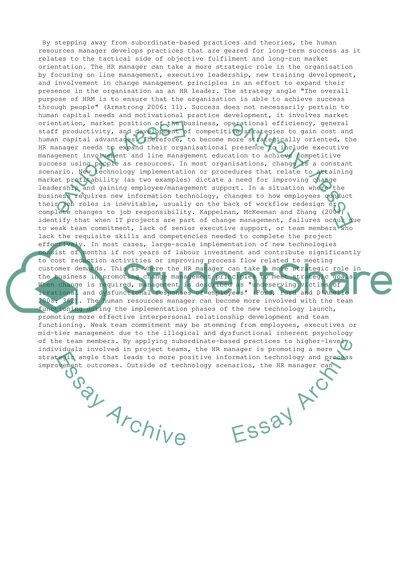Cite this document
(“Critically evaluate the ways that the HR function could play a more Essay”, n.d.)
Retrieved from https://studentshare.org/management/1436425-critically-evaluate-the-ways-that-the-hr-function
Retrieved from https://studentshare.org/management/1436425-critically-evaluate-the-ways-that-the-hr-function
(Critically Evaluate the Ways That the HR Function Could Play a More Essay)
https://studentshare.org/management/1436425-critically-evaluate-the-ways-that-the-hr-function.
https://studentshare.org/management/1436425-critically-evaluate-the-ways-that-the-hr-function.
“Critically Evaluate the Ways That the HR Function Could Play a More Essay”, n.d. https://studentshare.org/management/1436425-critically-evaluate-the-ways-that-the-hr-function.


